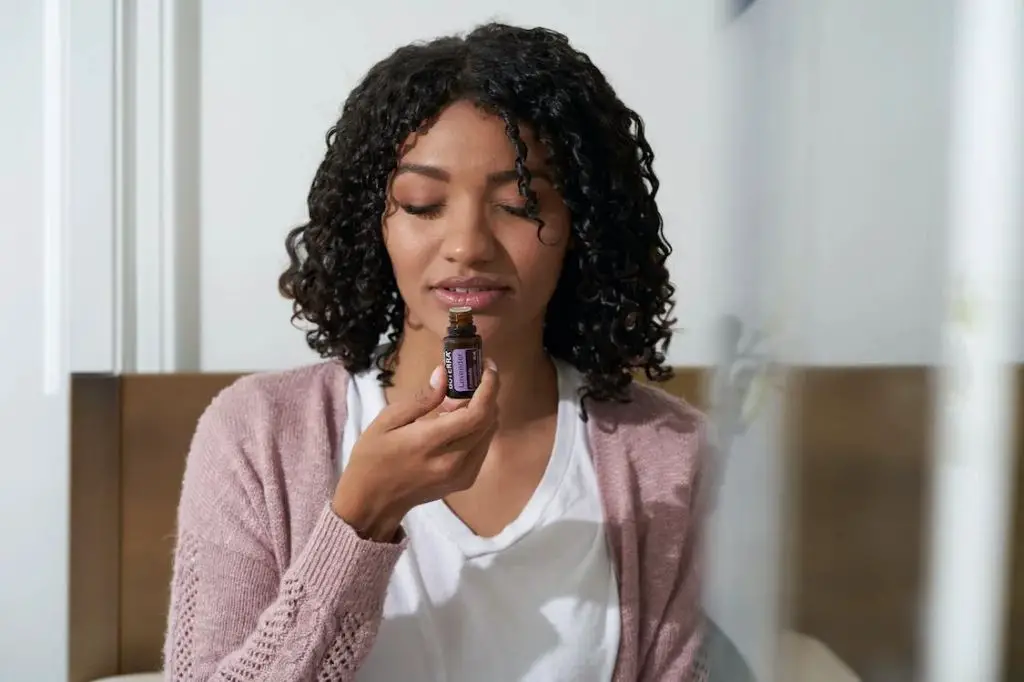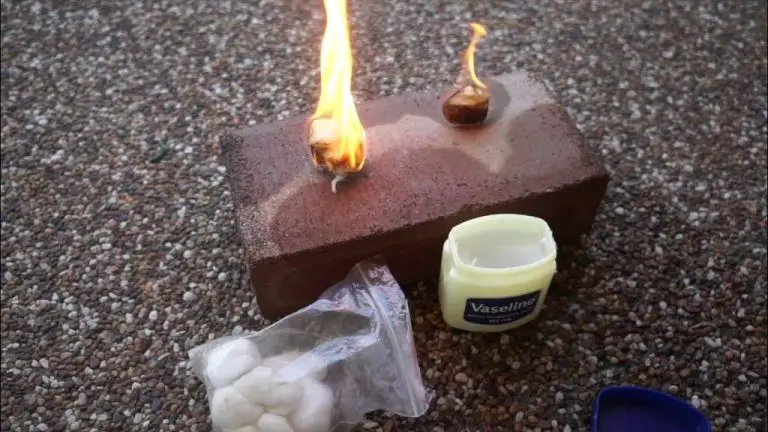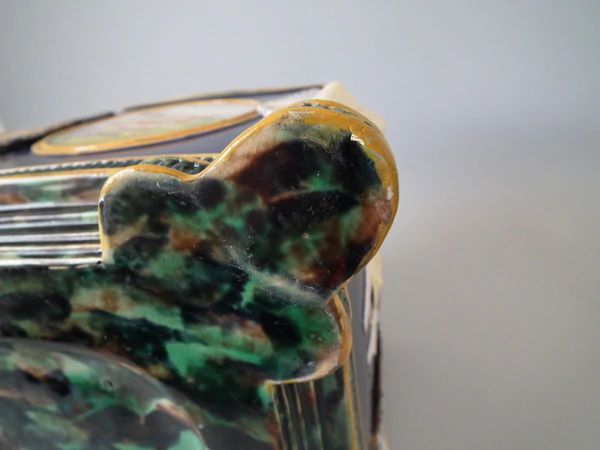What Happens If You Heat Essential Oils?
Essential oils are highly concentrated extracts derived from the roots, leaves, seeds, or flowers of plants. They contain the “essence” of the plant and provide its characteristic aromatic qualities.1
Essential oils have many uses and benefits. They are commonly used in aromatherapy for relaxation, stress relief, and other therapeutic effects. Some oils are thought to have anti-inflammatory, antimicrobial, and other health-promoting properties when applied to the skin or inhaled.2
While essential oils can be very beneficial, heating them can impact their chemical composition and properties. This article explores what happens when essential oils are exposed to heat and how it affects their scent, effects, safety, and uses.
Chemical Composition of Essential Oils
Essential oils are complex mixtures of organic compounds, primarily made up of terpenes, esters, aldehydes, alcohols, phenols, and oxides. The specific chemical makeup of an oil determines its aroma, therapeutic benefits, and safety considerations.
Terpenes are hydrocarbons found in the essential oils of plants, and are the main constituents that give each oil its unique fragrance. There are over 20,000 different terpenes identified to date. Common terpenes include limonene in citrus oils, pinene in pine oils, and linalool in lavender oil.
Esters are compounds formed from the reaction of alcohols and acids, and give fruity and sweet aromas. Common esters include linalyl acetate found in bergamot and clary sage oils.

Aldehydes are organic compounds that have a wide variety of scents from citrusy to pungent. Well-known aldehyde constituents include citral in lemongrass oil and cinnamaldehyde in cinnamon bark oil.
The particular combination and concentration of these chemical constituents contribute to an essential oil’s therapeutic effects, fragrance notes, and safety profile.
Heat Effects on Chemicals
Heat can affect chemical compounds in different ways depending on their molecular structure. According to the American Chemical Society, when reactants are heated, the average kinetic energy of the molecules increases. This means more molecules are moving faster and collisions between them become more frequent and forceful (source).
Heating causes molecules and atoms to move faster and vibrate, which can lead to bonds breaking and forming between atoms. Strong intramolecular bonds are harder to break with heat compared to weak intermolecular forces like hydrogen bonding. Therefore, increasing temperature has a greater effect on the kinetics of reactions involving molecules with weak bonds rather than strong covalent bonds. According to LibreTexts, raising the temperature of a reaction results in a higher reaction rate because heated reactant particles move faster and collide more (source).
Changes in Scent
Heating essential oils alters their volatile aromatic compounds, which changes their scent profile. According to How Hot and Cold Temperatures Affect Essential Oils, as essential oils are heated, they tend to lose their lighter, more delicate top and middle notes. The remaining base notes become more concentrated, so the overall scent becomes darker, richer, and more pungent.
For example, fresh lemongrass essential oil has bright, uplifting citrus notes when cold. But when heated, it loses those light top notes and takes on a deeper, earthier aroma. The same goes for eucalyptus, which transforms from cool and minty when cold into a strong medicinal vapor when heated. Heating drives off the complex balance of an essential oil’s natural compounds, leaving behind just the heavy base notes.
Changes in Effects
Heating essential oils can change their therapeutic effects. As some of the lighter, more volatile compounds in essential oils evaporate when heated, the oil loses some of its therapeutic benefits from those compounds (1).
However, the heavier molecules that remain in the oil when heated can have a stronger sedative effect. The remaining compounds are able to penetrate the skin more deeply, creating a relaxing or sedative effect (2).
So heating an invigorating essential oil like lemon or grapefruit can turn it into more of a relaxing oil as the stimulating lighter compounds evaporate. The resulting heavier compounds provide more sedative properties.
Sources:
(1) https://tryverima.com/blogs/all/can-essential-oils-be-heated
(2) https://www.quora.com/Do-essential-oils-lose-their-effectiveness-if-heated
Oxidation
Heat exposure causes oxidation of the delicate plant compounds within essential oils. Oxidation is a chemical reaction that degrades and breaks down the molecular structure of the oils over time. When an essential oil oxidizes, the aroma becomes less potent and the oil loses its beneficial properties more quickly.
Exposure to heat, light, and air can speed up the oxidation process. Heating oils accelerates oxidation as the molecules gain energy and bounce around faster. The increased molecular excitement causes electrons to be pulled from molecules, creating free radicals. These highly reactive free radicals then pull electrons from other molecules, creating a chain reaction of instability and degradation.
Oxidation also produces peroxides, which additional destabilize the oil on a molecular level. As the plant compounds break down, you lose those coveted aromatic molecules that provide the scent and therapeutic benefits. For this reason, oxidation diminishes both the aroma and potency of essential oils.
Heating Methods
There are a few different methods for heating essential oils to diffuse their aroma, but it’s important to closely monitor the temperature.
Stovetop diffusing involves adding a few drops of oil to a pot of recently boiled water, but the water should not be actively boiling. The steam helps disperse the aroma without getting the oil too hot. Candle or lamp diffusers also use heat to diffuse the oil, but the flame should be monitored and kept low enough to prevent overheating (1).
In general, essential oils should not be heated above the average body temperature of 98-100°F. Excessive heat can start to degrade the chemical composition and therapeutic benefits of the oil (2). Carefully warming oils is acceptable, but active simmering, boiling, or exposure to high heat should be avoided.
Using a thermometer helps monitor the temperature when warming oils. Only heat long enough to fill the air with aroma. Extended heating or high temperatures can destroy the delicate plant compounds within essential oils.
Safety Precautions
When heating essential oils, it’s important to take proper safety precautions. Here are some tips:
Ensure there is proper ventilation when heating oils. Diffusers or candle/wax warmers should be used in well-ventilated areas. Avoid heating oils in enclosed, unventilated spaces as this can lead to buildup of potent fumes. Open a window or use a fan to circulate fresh air (1).
Never leave heating oils unattended. Diffusers, candles, wax warmers should always be monitored when in use to prevent overheating or fire risks. Don’t start heating oils if you need to leave the room (2).
Keep heating sources away from open flames. When using candle or wax warmers, make sure the candle flame is away from the warming plate. Don’t place essential oil diffusers near lit candles, fireplaces or other open flames (3).
Take care when adding drops of oil. Carefully count drops when adding to diffusers or warmers so you don’t oversaturate. Start with fewer drops and add more as needed.
Store oils properly when not in use. Keep bottles closed tight and away from heat, light or oxygen to maintain integrity.
Use Cases
There are certain situations where you may want to take advantage of the changes that occur when essential oils are heated. For example, some people enjoy using essential oils in a wax warmer or candle diffuser because the heat helps the scent spread throughout the room. The warming process can also change an oil’s aromatic qualities in a desirable way. Certain spicy, earthy, or resinous oils like clove, patchouli, and frankincense can develop a richer, more well-rounded scent when warmed.
However, in most cases it’s best to use essential oils without heating them. Heating can degrade many of the natural plant compounds and alter the chemical composition of essential oils. This means they may lose some of their potential therapeutic benefits. The safest way to experience essential oils’ benefits is to use them in room temperature diffusers. This doesn’t require heat and will preserve all of the delicate aromatic compounds. You can also experience benefits by using essential oils topically or incorporating them into DIY body care products without heating them.
Overall, only heat essential oils when you specifically want to take advantage of the scent or property changes. In all other cases, use essential oils in their natural, unheated form in order to retain their natural composition and experience the maximum benefits.
Conclusion
Overall, heat can change the aromatic and therapeutic properties of essential oils. The chemical constituents that give oils their scent and effects can evaporate or oxidize with exposure to heat. However, low to moderate heating for short periods may simply diffuse the aroma more efficiently. Higher temperatures, longer duration, or repeated heating cycles can transform the compounds beyond recognition and leave an unpleasant burnt smell.
To preserve essential oils’ integrity, avoid any heating method that alters their aroma or texture. Gentle warming methods like placing bottles in hot water for a few minutes can help use oils safely. Always keep a close eye on the oil’s scent while warming and stop at the first sign of an unpleasant smell. Store oils in dark glass bottles, away from heat sources or light, to maintain their natural properties for aromatherapy uses.


